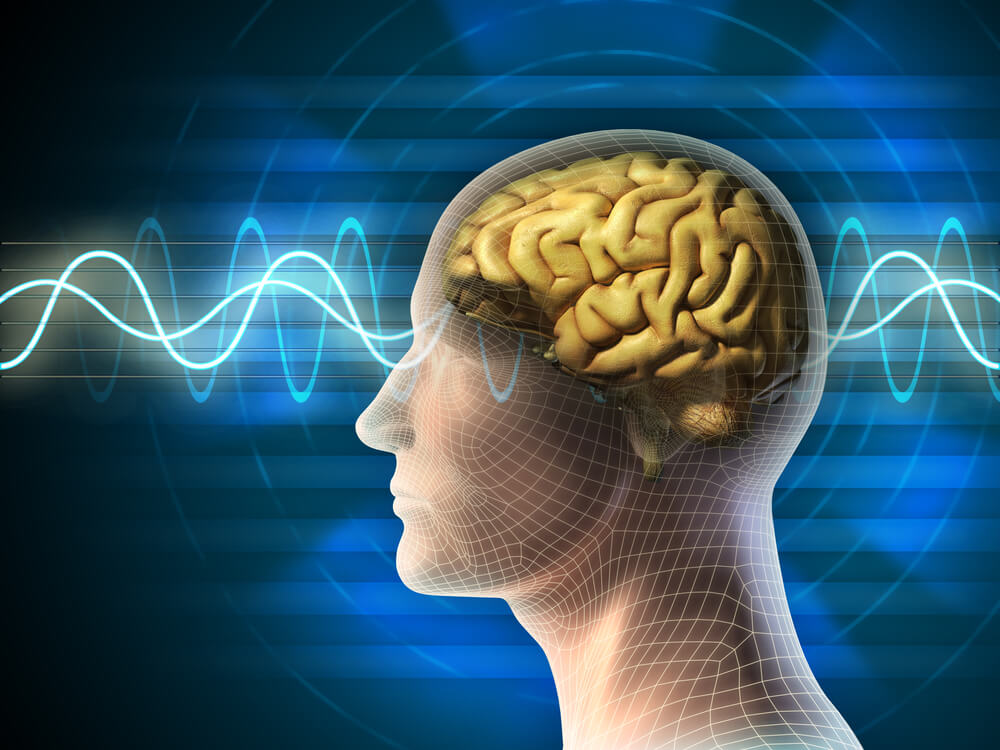For someone who administers neurofeedback therapy, it isn’t uncommon for them to be asked what is neurofeedback therapy? Neurofeedback therapy is a type of therapy that seems to work, but very little is known about it by the general public.
What is Neurofeedback Therapy used for?
Also known as EEG biofeedback, it provides a treatment option for:
- Eating disorders
- Addictions
- Depression
- Anxiety
- Post-traumatic stress disorder
- Attention deficit disorders
- Autism
- Insomnia
- Chronic pain
- Brain Injury
Although it has been around since the 1960s, it has not gained much popularity as a treatment method for mental illness. According to the Hull Institute, this is in part because of the pharmaceuticals controlling the market on treatment methods and the price it costs for therapists to acquire the equipment needed to perform the treatment.
In addition to being used to treat mental and physical illnesses, neurofeedback therapy is also used by the army to train special forces and athletes. It works by helping them achieve maximum performance of their brain to perform the tasks they need to complete.
Also, anyone who would simply like to improve the functioning of their brain, and have the money to do the therapy could also benefit from it.
How Does Neurofeedback Therapy Work?
According to Litchfield Neurofeedback, who specializes in neurofeedback therapy for autism in CT, the brain has a big task list that it needs to perform and for whatever reason, sometimes the brain is unable to perform these tasks as well as it should. When this happens, it can cause issues such as insomnia, depression, anxiety, addiction, eating disorders, and even autism.
During neurofeedback therapy, sensors will give positive or negative feedback based how the brain is performing certain tasks. This feedback will allow the brain to improve its performance over time.
I found it a little difficult to understand neurofeedback therapy in the beginning. I read many articles and watched a bunch of videos. I found this video by a board certified neurotherapist, who explains it well without the use of too many medical terms.
Many clinical trials have shown that neurofeedback works, especially in the treatment of Attention Deficit Hyperactivity Disorder (ADHD) and Post-Traumatic Stress Disorder (PTSD). However, results are strongly affected by who is administering the treatment. It is important that it be done by someone who is well-trained in neurofeedback therapy.
The environment where the sessions are being held also affects results. For example, with children who are exhibiting behaviors of attention deficit disorder (ADD), it would be more beneficial to have the sessions in the classroom.
What Are the Advantages of Neurofeedback Therapy?
- It is safe and non-invasive. In fact, those who have gone through the treatment have described is as comfortable and some even say it is enjoyable.
- Results will last longer than other treatments as it changes the functioning of your brain.
- Because they know which parts of the brain are not functioning correctly, they can specifically target these parts.
- Compared to pharmaceuticals, the side effects are minimal.
- Can be used on children, adults and elderly.
What Are the Negative side effects:
- Some people report feeling tired after a therapy session. However, it is short-lived and can be fixed with a nap after your treatment.
- Those with sensitive skin may react to the gel that is placed on the sensors.
- Many sessions can be needed. To treat ADHD for example, as many as 30-40 sessions can be needed to achieve the ultimate results.
- It is expensive and not always covered by insurance plans. Cost per session can be up to $150.
How Does Neurofeedback Therapy Improve Athletic Performance?
Athletes, including Olympians and professional soccer players, have been using neurofeedback to improve their brain function while performing in sports. These are the ways it can help athletes achieve an optimum performance:
- Attention and focus: In any sport, an ability to focus is very important. Neurofeedback therapy helps the person maintain their attention on the task they are doing while ignoring distractions around them.
- Control emotions: being influenced by emotions can be a huge downfall in sports and cause poor performance. Neurofeedback therapy will stabilize the emotions, allowing the athlete to focus on his abilities.
- Sleep better: sleep in important for the athletes physical and mental performance. Neurofeedback has been shown to increase the quality of sleep that a patient is able to attain.
- Restore function after trauma to the brain: In many sports, athletes receive repeated blows to the head causing eventual brain injury. Studies have shown that neurofeedback therapy can be effective in treating brain injuries.
Neurofeedback is a very simple type of therapy that can be beneficial to treat many different illnesses. Although it can be expensive for all the equipment, I think that if it really does work for all those illnesses it should be explored more. Imagine the money we would be saving if neurofeedback therapy could diminish the amount of money spent on pharmaceuticals.

